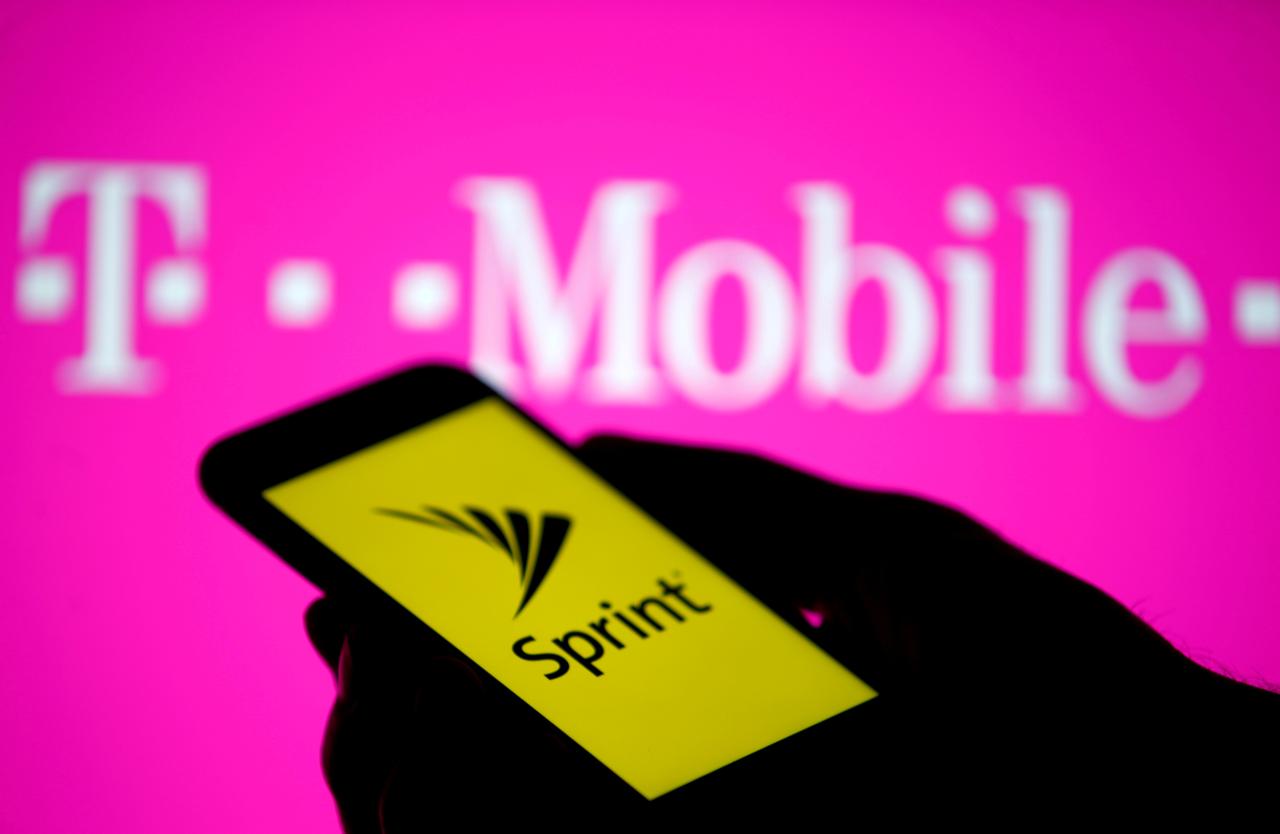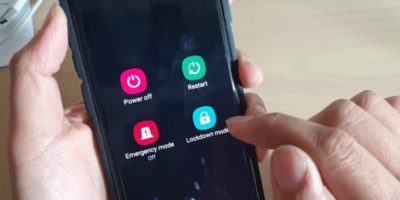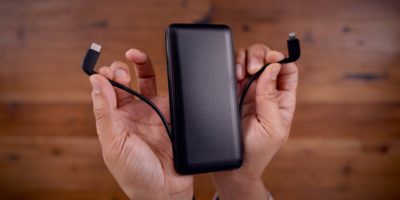Disclaimer: The views, suggestions, and opinions expressed here are the sole responsibility of the experts. No Pacific Daily journalist was involved in the writing and production of this article.
T-Mobile’s New 5G Phones Are Merger-Ready ; Selective

T-Mobile’s new OnePlus and Samsung 5G telephones will work with Sprint’s mid-band 5G arrange too, the bearer affirmed.
T-Mobile’s forthcoming OnePlus 7T Pro 5G McLaren and its Samsung Galaxy Note 10+ will chip away at both T-Mobile’s low-band and Sprint’s mid-band 5G systems, the transporter affirmed today, giving them twofold or triple 4G speeds in significant urban communities just as upgraded speed in country territories.
T-Mobile and Sprint are endeavoring to consolidation at the present time, and in the event that they do, they mean to combine their systems. The joined organization will probably flip a greater amount of Sprint’s mid-band range over to 5G to further improve speeds, which people’ve seen floating around 200Mbps overall in our tests. As of now, Sprint just uses 40-60MHz of its more than 100MHz of mid-band range in its nine dispatch urban communities for 5G, while the rest is being utilized for 4G.
The transporters seem, by all accounts, to be trusting that their merger will be cleared to report any further rollouts of mid-band 5G. While the FCC has affirmed the merger, it’s as yet trusting that twelve state claims will work through the procedure.
The new 5G telephones do forget about one innovation wide open to the harshe elements, yet two out of three ain’t awful. T-Mobile’s millimeter-wave organize, right now accessible in six urban areas, won’t deal with both of the new telephones. Despite the fact that their Qualcomm X55 modems bolster millimeter-wave, the telephones aren’t furnished with the extraordinary millimeter-wave reception apparatus modules expected to get to the framework.
The transporter likewise affirmed its current Samsung Galaxy S10 5G, which chips away at its millimeter wave organize in six urban communities, will take a shot at the Sprint wireless transmissions also. Yet, that one won’t bolster the, amazing failure band 600MHz “nationwide” organize.
Run’s mid-band innovation, in the short run, is more reasonable for covering entire urban areas than shorter-run millimeter-wave, since it has a similar range and uses a similar cell locales as 4G. At the point when I walk-tried Sprint and Verizon in New York, the inclusion contrasts turned out to be clear—as did the speed contrasts. Mid-band has better inclusion, yet millimeter-wave is a lot quicker.
T-Mobile has said it expects to cover 200 million Americans with its low-band, 600MHz 5G before the year’s over. Speed desires there may need to remain humble, however, as the 30MHz of range the transporter is utilizing for 5G is just ready to speed things up to about 180Mbps, in addition to whatever the 4G rates are in the zone. People with just the 600MHz 5G organize accessible will most likely observe 5G speeds progressively like 50-100Mbps, albeit even those might be a disclosure to country clients.
AT&T and Verizon will likewise execute low-band 5G soon, in spite of the fact that they’ve been less clear on the subtleties of how much range they’re utilizing, and when and where they’re propelling it to people in general. AT&T has a Galaxy Note 10+ model stopping before the current year’s over, which will bolster the low-band segment of its system, yet not millimeter-wave.
Up until now, there are no gadgets that spread each of the three kinds of 5G: low-band, mid-band and millimeter-wave. Qualcomm’s X55 modem underpins each of the three, yet no maker so far has effectively joined them. People’re wanting to hear increasingly about potential all-band 5G gadgets at Qualcomm’s Snapdragon Summit toward the beginning of December.
Christian Bakern is 21 young writer and designer with strong passion. He usually hangs out in Twitter tweeting writing related links regularly and he is a best writer. Currently he contributes to Texas Times as a editor.
Related News

The most effective method to empower lockdown mode on your Samsung Galaxy telephone
Spread the loveBiometrics give an astounding method to make sure about our telephones and accessRead More

The most effective method to set up hourly updates on iPhone and Apple Watch to wash peoples hands and quit contacting peoples face
Spread the loveWith the coronavirus flare-up getting progressively genuine in the US and around theRead More